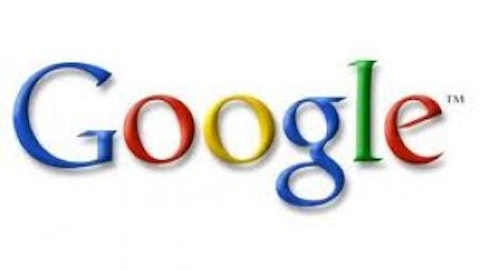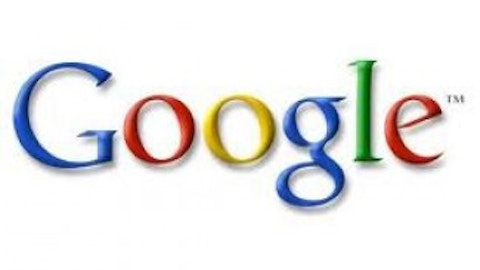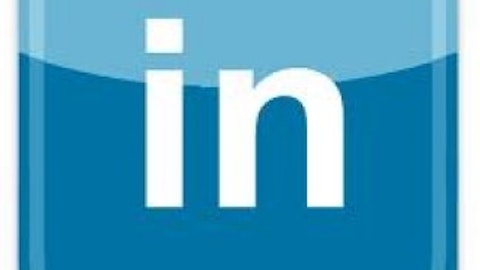One year ago, the hype around the Facebook Inc (NASDAQ:FB) IPO would have led one to think that this was the stock to retire on. We all know how that bust ended. The stock went down the toilet, and has only bubbled up a few times.
In spite of Facebook’s notorious IPO, it was not the worst Web 2.0 publicly traded debutante. That honor goes to Groupon Inc (NASDAQ:GRPN). Groupon opened at $27.44 in November 2011, dropped as much as 80% over the next year, and has eked its way up to $7.14, still down 64% from its opening. The 52-week range is currently $2.60 – $12.74.

Also on the dubious list of Web 2.0 IPO flops is Yelp Inc (NYSE:YELP). Within weeks of its IPO, the stock dropped 40%, but has since climbed its way back up to 30% higher than where it began. The company reported a 68% increase from the year previous with $46 million in net revenue the first quarter. CEO Jeremy Stoppelman announced during the earnings call that the company had hit record highs in all core metric areas.
Yelp’s average monthly unique visitors grew 43% to 102 million. Local business accounts are now around 45,000, a 63 percent increase year over year; and the number of reviews increased 42 percent from the year previous. Yelp shows positive indications for continued customer growth, as well as business client growth.
One year later, how does Facebook Inc (NASDAQ:FB) compare to these other IPO flops? Facebook beat Wall Street revenue estimates in its first quarter with $1.45 billion in revenue. The stock, which debuted at $38 per share, is now around $27 per share, down 29% since the day of its IPO. Not quite as bad as Groupon, but not quite as good as Yelp.
It’s all about mobile
All three companies have one important developing metric that they must focus on – mobile revenue. According to the Interactive Advertising Bureau (IAB) Internet Advertising Revenue Report for 2012, Internet advertising revenues in the United States totaled $36.6 billion for the full year of 2012. Mobile advertising in the United States totaled $3.4 billion during the full year 2012, a 111% increase from the prior year total of $1.6 billion. Mobile revenues totaled 11% of fourth-quarter 2012 revenues, or $1.2 billion. According to the Pew Internet & American Life Project, 85 percent of U.S. adults own a mobile phone (46 percent of which are smartphones).
Facebook Inc (NASDAQ:FB) currently has 1.1 billion daily active users, of which 751 million users are mobile monthly active users. Facebook’s revenue from advertising was $1.25 billion, representing 85% of total revenue and a 43% increase from the same quarter last year. In the most recent quarter, 30% of revenue came from mobile advertising (about $374 million), which implies that according to the IAB report, Facebook’s mobile revenue accounted for nearly 31% of mobile Internet advertising revenue.
Mobile revenue is where Facebook Inc (NASDAQ:FB) outperforms its Web 2.0 IPO comrades. Yelp continues to develop its mobile strategy. In the first quarter, 36% of local ads were shown on mobile devices. The mobile app was used on approximately 10 million unique mobile devices on a monthly average basis for the quarter. Additionally, Yelp launched display ads on mobile in the first quarter. The company does not yet share revenue broken down to mobile.
Groupon reported that 45% of North American transactions came from mobile users in March, and more than 7 million people downloaded its apps in the quarter.
The one IPO success
There is one more Web 2.0 IPO company worth mentioning here. It is the one that did not flop upon debut. LinkedIn Corp (NYSE:LNKD) celebrated its second IPO anniversary this week. LinkedIn Corp (NYSE:LNKD)’s stock has nearly quadrupled in value from its $45 IPO price. On Monday, it closed at $175.03 per share.
LinkedIn is up to 225 million members. The company announced strong first-quarter revenues of $324.7 million, up 72% from $188.5 million a year earlier. LinkedIn’s core recruiting services business generated 57% of the company’s sales, with revenues up 80% to $184.3 million, with the company reporting a solid first-quarter net income of $22.6 million.
Overall it may appear that LinkedIn Corp (NYSE:LNKD) outperforms its IPO counterparts. However, when it comes to mobile, LinkedIn has disappointed investors. Last month, LinkedIn Corp (NYSE:LNKD) introduced revamped mobile apps to include mobile advertisements. But the company has yet to share a mobile strategy that shows a strong monetization strategy.
Worldwide tablet shipments reached a record 52.5 million units worldwide in Q4 2012, according to preliminary data from global marketing firm IDC. The tablet market grew 75% year over year in the fourth quarter of 2012 and increased 74% from the previous quarter’s total of 30 million units. (The record-breaking quarter for tablet sales is also notable compared to the declining PC market, which saw shipments drop for the first time in more than five years during the quarter.) Coupled with the increased amount of smartphone use and ownership, all Web 2.0 companies must make mobile revenue a key part of all revenue strategies.
The Foolish bottom line
Facebook Inc (NASDAQ:FB) may not yet be the stellar stock that investors had hoped it would be. But when mobile revenue optimization is compared and contrasted against the competition, it stands out as a far more sustainable and profitable investment opportunity.
The article 1 Way Facebook Outperforms LinkedIn originally appeared on Fool.com and is written by Erin McBride.
Erin is a member of The Motley Fool Blog Network — entries represent the personal opinion of the blogger and are not formally edited.
Copyright © 1995 – 2013 The Motley Fool, LLC. All rights reserved. The Motley Fool has a disclosure policy.




